Date: 21 October 2009
The old Chinese curse is to live in uncertain times. Here, as everywhere else it seems, standing up to terror involves the risk of retaliation or reprisal – against young and old, citizen or tourist - leaving the feeling that none of us is completely safe.The threat of terror, real or imagined, involves both global and local dimensions. As 9/11 demonstrated so graphically it also now involves the design of new buildings and how those buildings can be built to withstand new threats. In short, to make buildings safer from attack.For many, the searing image of global terrorism remains the toylike aeroplanes flying into the World Trade Center; an image plucked from a Hollywood blockbuster and thrust under the world’s unbelieving eyes. The potency of the image is simple: cameras were there to record the death of innocence and innocents.Before and since, without the benefit of news cameras on the spot, we have been similarly appalled by terrorist acts from Bali to Saudi Arabia from Russia to Spain, India, Pakistan and the UK.The long hand of the bomber seems ever-present.
First, a question. Where were you when the first aeroplane crashed into the New York skyline? At work? At home? On the road? Wrong.
Chances are you weren’t even born when, on a fog-filled morning in July1945, a Mitchell B-25 bomber flew into the Empire State Building at about 200mph, killing 14 people.
Such was the structural overkill of the building that it sustained only relatively minor damage. The Empire State Building, designed in a pre-computer age, was built with a hugely unnecessary level of structural safety.
Unnecessary? In contrast, and two generations later, the World Trade Center suffered from a progressive collapse that occurred relatively quickly after the airliners struck. Ironically, on 11th September 2001, the Empire State Building once more became New York’s tallest structure.
In fighting the terrorist threat it is of course, the first objective of governments worldwide to remove explosives from their arsenal. However, it would be wrong to assume that high explosive alone is the main cause of death and injury. In urban areas, between 80-85% of all secondary blast injuries are caused by flying glass.
It was the attack on the Federal Building in Oklahoma City fourteen years ago that really focused minds both in governments and in the glass industry. Amid that carnage, 200 victims suffered from glass injuries. The images from that atrocity were compelling reminders that glass can be both a friend and an enemy.
The lessons learned from Oklahoma and elsewhere have now directly led to new and better glazing systems, allowing architects to design aesthetically-pleasing structures – but knowing that large glass frontages can safely still be incorporated.
One of the foremost experts on blast injury is Eric Lavonas MD of the Department of Emergency Medicine, Carolinas Medical Centre. He writes: “Secondary blast injury is responsible for the majority of casualties in many explosions. For example, the glass façade of the Alfred P Murrah Federal Building in Oklahoma City shattered into thousands of heavy glass chunks that were propelled through occupied areas of the building with devastating results.”
The day after the Oklahoma bombing, the US President instructed the Department of Justice to see what conclusions could be drawn in terms of protecting federal buildings. One of the DOJ’s key findings was “to provide for [the] application of shatter-resistant material to protect personnel and citizens from the hazards of flying glass.”
This echoes findings of the Applied Research Association Inc. “Historically, the major contributor to injuries due to terrorist explosion in urban environments is the glass fragment hazard generated by breakage of windows.”
At Oklahoma, glass fragments were found six miles from the detonation. In New York, 15,500 windows were damaged within a mile of Ground Zero – nearly 9,000 within half that distance. One senior fire officer had to have 47 shards of glass removed from his eyes.
However, in the wake of Oklahoma, researchers from the Glass Research and Testing Laboratory at Texas Tech University reached a significant conclusion. They found that damage to property and person could have been reduced if laminated glass had been used in the buildings that surrounded the Federal building.
It’s a lesson being learned across the globe as architects struggle to balance form and function with the new requirement of additional security. For example, after Oklahoma, the US State Department started to make windows smaller and less numerous in several embassy projects. Knee-jerk reaction, perhaps – but entirely understandable.
However, and quite simply, none of us want to live and work in windowless environments – and architects don’t want to design buildings where form and function are severely imbalanced. So it was in the US, and the State Department experiment was dropped on aesthetic grounds.
Partly this was in response to a report written for the US National Academy of Engineering. It said that “a more proactive approach is to develop glazing materials that meet aesthetic and functional design objectives but do not contribute to the explosion-induced projectile hazard.”
Specialist glazing companies have now carried out much research and development coupled with high pressure blast-resistant testing. The new systems that the industry is now bringing to market offer enormous advantages over older systems, and some peace of mind to the occupants of buildings where such systems are fitted.
Independent test analyses conclusively demonstrate that a modern steel glazing system[J1] does provide life-saving protection. The glass doesn’t shatter into deadly shards and the steelwork holding the window in place remains immovable – preventing secondary or tertiary injury.
Our system’s strength has been achieved through a high-specification structural glazing technique that bonds the glass to the framing support system so that, in an explosion, the components work together to safely absorb the thermal shock of the explosion.
We tested the system independently at a specialist airforce base, detonating 500 kg of TNT-equivalent explosive adjacent to the glazing system. That’s the size of a lorry bomb. We immediately followed that with a simulated car bomb attack (100 kg of TNT). The lorry bomb was detonated 75 metres from the test rig and the car bomb was detonated at a distance of 20 metres, producing a higher loading on the façade. Both tests were equally successful.
The glass and glazing industries have responded to painful lessons. None of us in the industry really wanted to develop such safety characteristics to cope with a mad and bad world. We’d much rather that the baddies were caught or went away. However, the harsh reality is that we had to respond and we have now pushed the design envelope of what can be achieved safely.
We may not have yet taken explosives from the hands of terrorists. But for the occupants of those buildings that incorporate the latest blast-resistant steel glazing systems, we have taken away an equally potent weapon: the glass itself.
A sound video of the blast tests can be viewed at http://www.wrightstyle.co.uk/wba/pages/blast-test.phphttp://www.wrightstyle.co.uk/wba/pages/blast-test.php
Ends
For further information, or to receive images, contact:
Jane Embury or Lee Coates
+44 (0) 1380 722 239
lee.coates@wrightstyle.co.uk


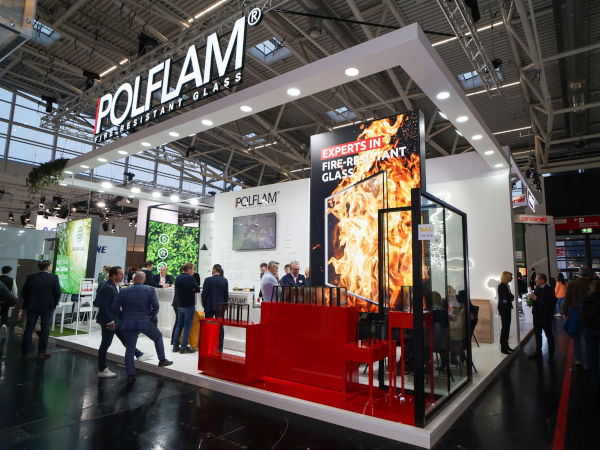






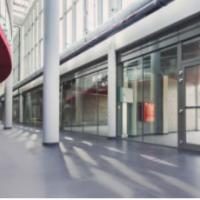
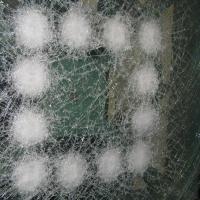

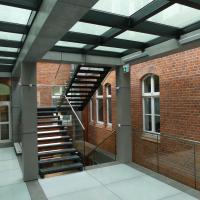
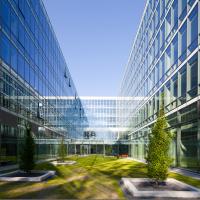

Add new comment